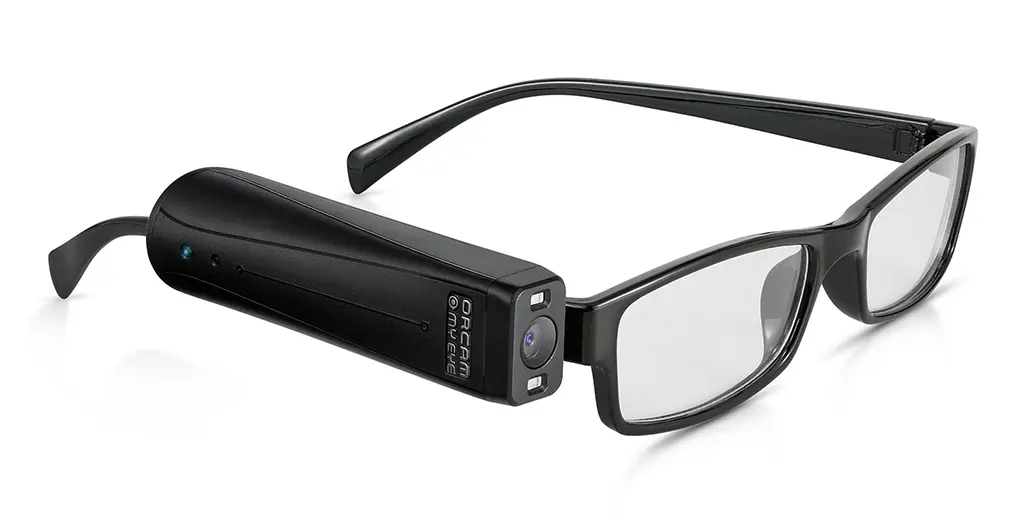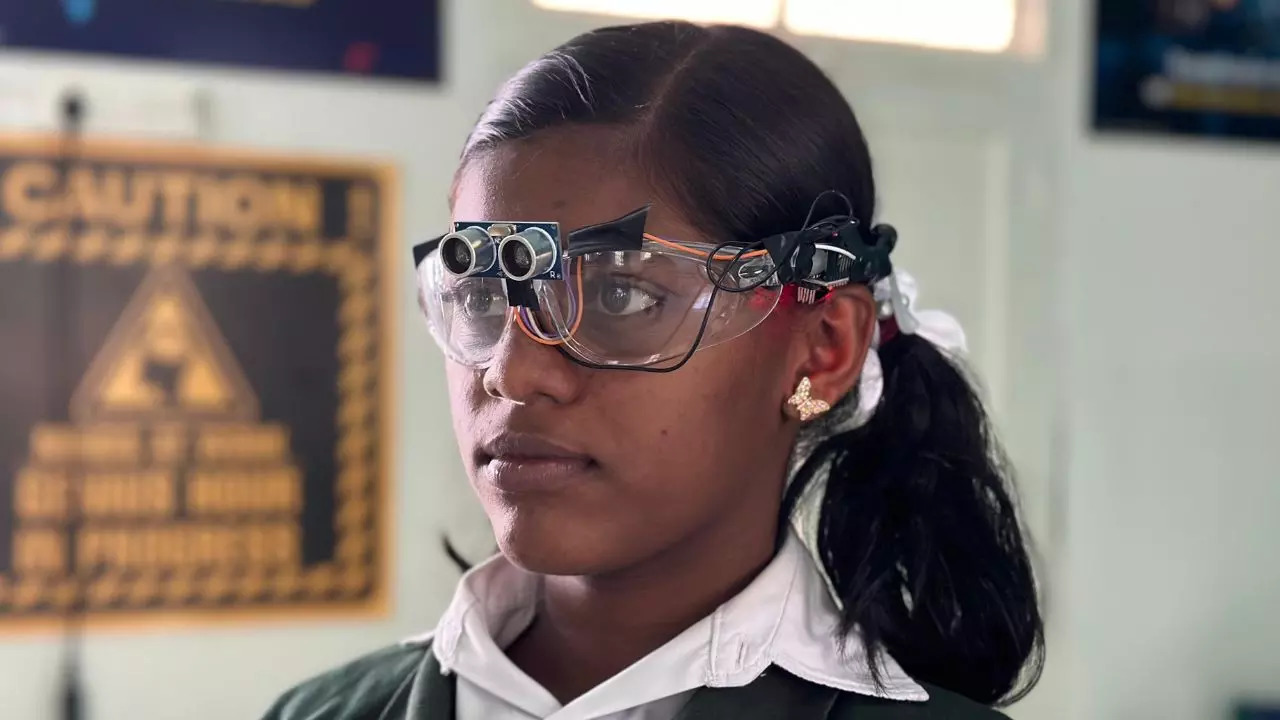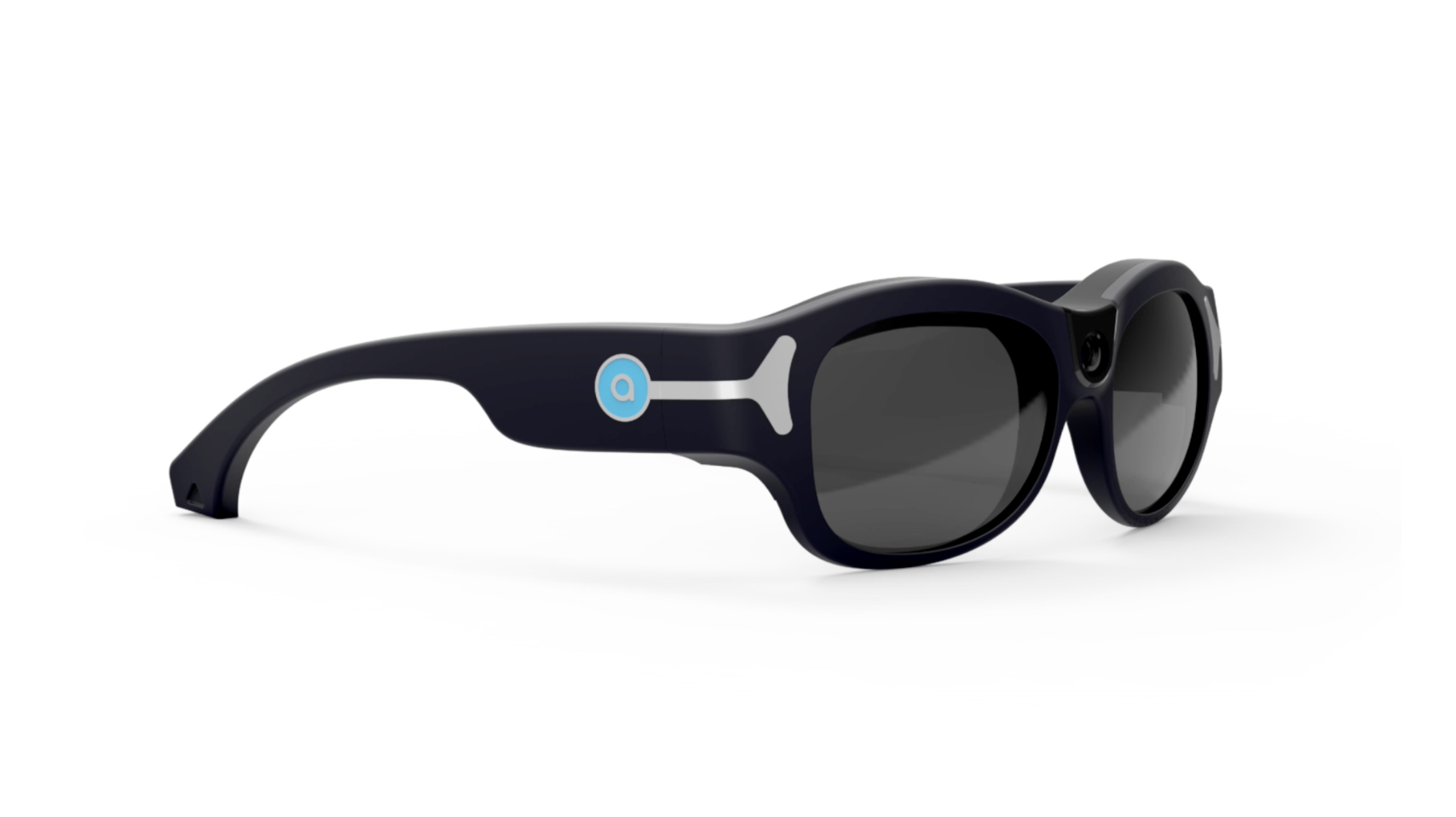OCR Devices for the Blind: Breaking Barriers with Optical Character Recognition
OCR Devices for the Blind: Breaking Barriers with Optical Character Recognition
Blog Article
Enhancing Availability With Assistive Innovation for the Blind
The integration of assistive modern technology for the blind stands for an essential improvement in ease of access, fundamentally modifying how individuals browse their environments and involve with society. As we explore the varied types of assistive tools and their tangible effects on everyday living, it ends up being essential to take a look at how recurring technological advancements are improving the landscape of support for the blind area.
Summary of Assistive Technology
Assistive innovation describes a series of devices and software application designed to improve the capabilities of people with disabilities, consisting of those that are blind or visually damaged. This technology plays a crucial role in promoting self-reliance and enhancing the top quality of life for users. By offering alternate techniques for accessing details and performing everyday jobs, assistive technology empowers people to browse their environments extra efficiently.
The development and implementation of assistive technology welcome a variety of concepts targeted at fostering access. These concepts include user-centered style, which prioritizes the requirements and preferences of the individual, and the integration of technology into day-to-day tasks. Such advancements guarantee that assistive tools are not just useful but very easy and additionally intuitive to use.
Additionally, assistive innovation incorporates a varied range of solutions, from low-tech options like magnifiers to state-of-the-art technologies such as display visitors and Braille display screens. The recurring advancement of this area is driven by the demand to deal with the unique difficulties dealt with by people with visual impairments (Wearable technology for low vision). As technology remains to advancement, the potential for enhancing accessibility and promoting inclusivity remains promising, inevitably adding to a much more fair culture

Kinds Of Assistive Instruments
Numerous sorts of assistive gadgets are readily available to support people that are blind or aesthetically damaged, each designed to deal with particular needs and obstacles. These devices can be extensively classified right into three main kinds: low-tech, mid-tech, and high-tech solutions.
Low-tech tools include items such as magnifiers, Braille labels, and tactile maps. These are reasonably straightforward tools that improve the individual's capability to connect with their setting without requiring complex technology.
Mid-tech devices typically include advanced attributes, such as digital magnifiers and portable Braille note-takers. These tools can supply capabilities like speech result, permitting customers to accessibility info a lot more effectively.

Influence On Daily Living
The availability of various assistive devices significantly enhances the quality of life for individuals who are blind or visually impaired, affecting their daily living in profound ways. By incorporating innovations such as screen visitors, Braille displays, and audio description services right into their regimens, individuals gain greater freedom and independence. These tools help with access to information, making it possible for people to do daily tasks, such as reading emails, navigating public areas, and delighting in media content.
In addition, assistive gadgets equip people to involve even more completely in social communications and area activities. The capability to utilize mobile phones furnished with availability features enables for smooth interaction and connection with others. This connectivity cultivates a feeling of belonging and decreases feelings of seclusion.
In expert settings, assistive modern technology sustains productivity by allowing people to total job jobs efficiently. Devices like voice recognition software program and specialized zoom devices make it possible for individuals to participate in the labor force on equal ground with their sighted peers.

Advancements in Technology
Current technical innovations have actually substantially changed the landscape of tools available for individuals who are blind or aesthetically damaged. The integration of expert system (AI) and artificial intelligence has given surge to applications that boost navigation and object acknowledgment. For instance, mobile phone apps can currently make use of AI to determine and describe environments in real-time, supplying individuals with important contextual information.
In addition, improvements in haptic modern technology have led to the growth of clever walking sticks equipped with sensing units that discover obstacles and supply tactile responses. This equips users to browse their environment with boosted confidence and freedom. Moreover, developments in text-to-speech software program and braille screens have actually improved the access of electronic content, enabling seamless communication with different media.
Wearable modern technologies, such as smart glasses, are likewise making strides in assisting visual problems. These devices can offer increased reality experiences, overlaying critical info onto the customer's field of view. Jointly, these advancements not just improve the lifestyle for people who are blind however additionally advertise higher incorporation in culture. As technology remains to advance, the potential for a lot more transformative tools stays coming up.
Future Trends and Innovations
As modern technology swiftly advances, the future of assistive tools for people who are blind holds immense pledge. Innovations in fabricated intelligence (AI) and machine discovering are poised to revolutionize the method blind users connect with their atmospheres. For example, AI-driven applications are being created to improve things recognition, allowing navigate to this site individuals to identify and browse their surroundings with better ease and precision.
In addition, advancements in haptic comments modern technology are making it possible for the creation of tactile maps and navigating aids that supply real-time info via touch. These innovations not only improve flexibility but likewise foster freedom. Furthermore, wearable gadgets equipped with increased truth (AR) functions are arising, providing individuals aesthetic information with sound summaries, thus linking the gap between the electronic and physical worlds.
Moreover, the assimilation of smart home modern technology provides new chances for availability, permitting individuals to manage their living atmospheres via voice commands or smart device applications. As collaboration between tech programmers and the blind area proceeds, the concentrate on user-centered design will guarantee that future advancements are customized to fulfill the unique useful content needs of this population (Wearable technology for low vision). The trajectory of assistive innovation guarantees a much more inclusive and empowering future for individuals that are blind
Conclusion
In conclusion, assistive technology plays a critical duty in improving ease of access for individuals with aesthetic disabilities. Continuous innovations in innovation and user-centered style ensure that these devices cater effectively to the one-of-a-kind requirements of the blind community.
The assimilation of assistive innovation for the blind stands for an essential development in accessibility, basically altering just how individuals browse their atmospheres and engage with society.Assistive modern technology refers to a range of gadgets and software developed to boost the capacities of individuals with handicaps, including those that are visually damaged or blind. Wearable technology for low vision.As technology quickly proceeds, the future of assistive devices for individuals that are blind holds tremendous promise. The trajectory of assistive innovation assures a much more empowering and inclusive future for people that are blind
In conclusion, assistive modern technology plays an essential function in look at this now boosting availability for people with visual disabilities.
Report this page